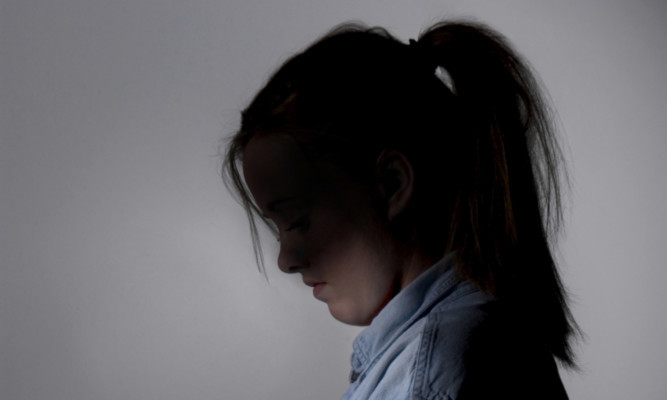There has been an increase in the number of 15-year-old girls experiencing emotional problems and poorer mental health, research has found.
The Scottish Government report said one of “the most important” findings was the “striking difference in results for 15-year-old girls” compared with the other demographics groups.
It stated: “This group appear to be suffering much poorer mental health and wellbeing than the other groups, particularly in relation to emotional problems.”
In 2010, 28% of 15-year-old-girls had a “borderline or abnormal emotional problems score” which increased to 41% in 2013, the report found.
The Mental Health and Wellbeing among Adolescents in Scotland report looked at trends and key associations for the mental health of boys and girls aged 13 and 15 between 2006 and 2013.
Jamie Hepburn, minister for sport, health improvement and mental health, said: “We know that the patterns and prevalence of different mental health problems through childhood and adolescence vary according to age, gender and deprivation. It is essential that services match their interventions to this dynamic background.
“The apparent increase in the number of 15-year-old girls who are experiencing emotional problems is something that we will look at carefully.
“We have seen a significant increase in the number of young people asking for help with their mental health in recent years, which may be attributable to greater awareness and lower stigma.”
The report also found that friendships and a positive experience of school are the two things most closely aligned with mental wellbeing. Other factors with a close positive association include expecting to go to university and belonging to a club.
It found higher levels of deprivation and poorer physical health both correlate with lower levels of mental wellbeing, but that levels of mental wellbeing have remained “largely stable” since 2006.
Conduct problems, hyperactivity/inattention and pro-social behaviour are said to have improved since 2006.
Emotional and peer relationship problems have worsened, which the report found was “largely attributable” to the increase in the numbers of the 15-year-old girls reporting emotional problems.
Mr Hepburn added: “Child and adolescent mental health is a key priority for the Scottish Government.
“We have recently announced an additional £100 million of funding for mental health services over the next five years. Some of this will be directed towards further improving child and adolescent mental health services.
“This is on top of a £19.8 million investment since 2009/10 that has led to a 70% increase in the number of specialist psychologists working in this area.”
The report was compiled by Ipsos MORI using data from the Scottish Schools Adolescent Lifestyle and Substance Use Survey (SALSUS) 2006 to 2013.
